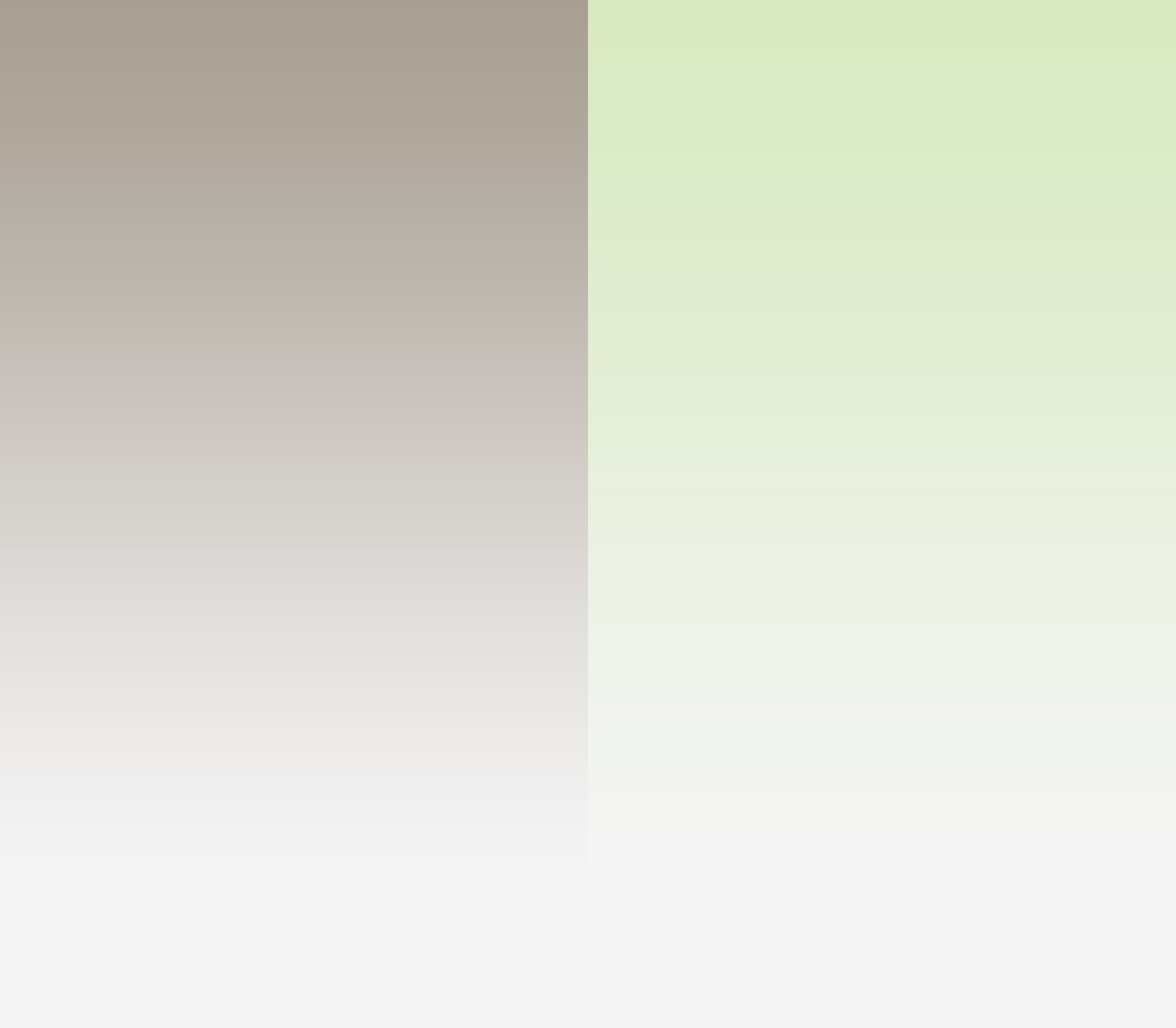ACUPUNCTURE: WHAT IS IT?
Acupuncture is a holistic therapy which has been practiced in the Far East for thousands of years. Acupuncture is a form of energetic medicine. Its theory is based on an energy known as qi (pronounced chee). This energy is said to flow around the body along invisible pathways called meridians. When the flow of qi is impaired, it is said that imbalance and in turn illness will occur. Acupuncture points are located along the meridians. When stimulated, they are said to restore balance to the flow to the energy. There are believed to be over 500 acupuncture points on the human body.
During an acupuncture consultation, a diagnosis is made using a case history and by observing the pulse and tongue. The diagnosis process enables the identification of the state of qi. An acupuncturist will then formulate a prescription of points which is designed to rectify the flow of qi. During a session, fine needles are inserted into each of the chosen acupuncture points. In theory, when the energetic level is in a state of balance, the physical level will also be in a state of balance. Research in to acupuncture is its infancy. Scientists are yet to verify the traditional theories which have been used to explain the mechanics of this healing art.
Does acupuncture hurt?
Acupuncture needles are very fine and are much thinner than the dermal needles we receive for blood tests. An acupuncturist skilfully inserts them with a quick tap which can be painless. Each area of the body has varying sensitivity to the needles. For example, the torso is less sensitive than the hands and feet. Whist the needles remain in situ, sometimes a mild ache, numbness or a tingling sensation can be experienced. Most patients report acupuncture to be a relaxing experience.
Complementary Techniques
At Meridian Healing Centre, Dr Kirk Wilson uses a number of Traditional Chinese Medicine techniques alongside acupuncture. These include tui na, moxibustion and cupping.
Tui Na
Tui Na is the Traditional Chinese Medicine version of massage. It involves the stimulation of the body and acupressure points to stimulate the flow of energy.
Moxibustion
Moxibustion involves the burning of a herb. This is most commonly done to heat up an acupuncture needle whilst in situ. It can also be used to stimulate an acupuncture point in place of a needle.
Cupping Therapy
Cupping is placing glass cups on the body. The cups are attached firmly via the use of suction. Most commonly the cups are place in areas of known acupuncture points or over areas which are experiencing muscular pain.




